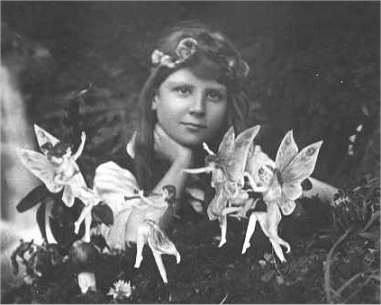
The table in front of me was bare, except for tape recorder and a box of Kleenex. I understood why the tape recorder was there, but why the Kleenex?
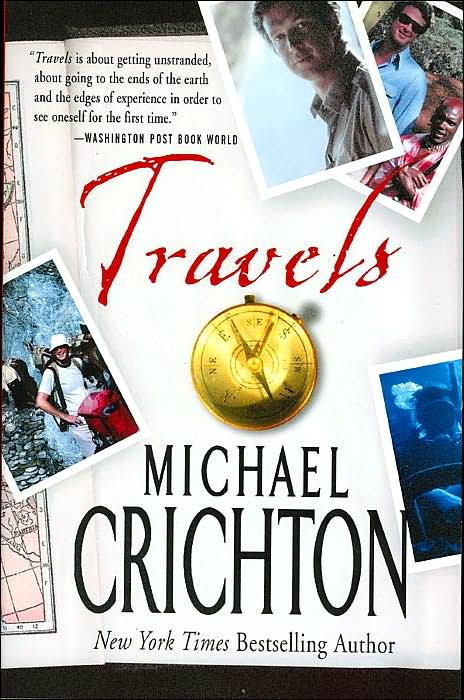
The answer starts with Michael Crichton’s autobiography, Travels. In it, he writes about an experience he had visiting an unusual organization in London:
“It was called the Spiritualist Association of Great Britain. I called it the psychic smorgasbord. They had all kind of psychics, and you could consult them for only ten dollars an hour…Coming in the door, you passed the chair of Sir Arthur Conan Doyle, the Association’s most famous an influential member. The chair was always a sobering reminder to me. Anyone with a scientific background who becomes interested in metaphysical things must find the example Sir Arthur Conan Doyle disturbing…This was my concern: that an otherwise sensible physician-turned-author could go so far as to persuade him self, in degrees, of the existence of fairies. I had in the past strongly identified with Conan Doyle, and now I appeared to be following in his footsteps rather closely. I determined to proceed with caution.”
In 2003, finding myself in London, I decide to pay a visit and see for myself what Crichton had talked about. As a medical doctor and also a writer, I naturally found his cautionary words about Conan Doyle compelling. A man of science, and a skeptic, I had never gone to a psychic in my life, but if Crichton had followed Doyle’s footsteps, I could follow his. The challenge was before me. I would visit the Association for purely scholarly and academic interest—it would merely be as a neutral observer, gathering date about the intriguing phenomena of psychic abilities. At least that’s what I told myself.
I called the Association and learned that the fee for a consultation was now forty dollars. Still, a bargain, considering it had been almost twenty years since Crichton’s visit. Like a doctor’s office, the woman on the phone asked me some questions, and then made an appointment with a psychic for the next day.

At the time of my visit, the Spiritualist Association of Great Britain was located in Belgrave Square, posh to the nines and loaded with old money. Armed guards watched me suspiciously as I passed by the many embassies located in this part of London.
I found the address and went through the door—inside was a desk, and at one end, Arthur Conan Doyle’s chair. Above it, a painting of Conan Doyle was prominently displayed. If the old man couldn’t be there personally to greet me, this was the next best thing.
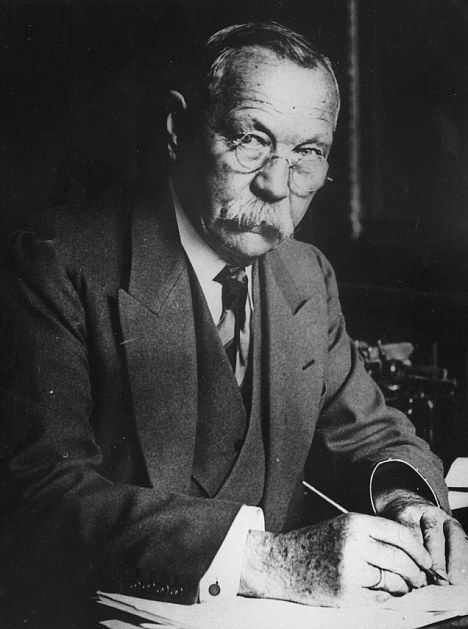
I was taken to a room and told to wait. It was a simple room, with almost no features: a cardboard table, a box of Kleenex, and a small audiocassette tape deck (so that the reading could be recorded, if the client was so interested). The walls were bare except for a painting on the wall across from the door. The painting was a daub, something a high school student might have done. And there was a clock behind me. The carpet was worn, and the paint on the walls was peeling. There was a genteel decay about the whole operation. I made me feel better. There was no pretense given to show. It was all about the telling.
After ten minutes, I started to get restless. No psychic. The noise of the clock grew louder. Five more minutes passed. I visualized my forty dollars slowly disappearing into a nameless spiritual and financial void. I got out my chair and went to the front desk.
They had forgotten to tell her I was there. Apologies were made, and they produced the medium. She was short and stout, in her sixties—a stand-in for Miss Marple, if Miss Marple had ever gone in for psychic readings instead of solving crimes. We went back to the consultation room. I resisted asking the obvious question that if she was psychic, why didn’t she know I was waiting for her? Instead I reminded myself that I was going to be on my best behavior. Crichton had gone several times for readings and in a stab at scientific methodology, had decided to give the same answer: ‘I don’t know,’ to every question, but conceded later that this was a dumb idea. I had decided that if I was to get anything out of this encounter it was important to keep an open mind. Being close-mouthed and cynical would be a waste of her time and my money.
She went right to work. As I settled into my chair, she said, “Your grandfather is behind you. It’s your father’s father.”
That caught me off guard. “That would be Munroe Heiss. I would think he’d be fishing somewhere.”
“He’s very interested in your career,” my psychic Miss Marple continued. “He wants you to keep up with, not get discouraged…And I sense a male presence. A male close to you has died of a heart attack, without time to say goodbye.”
“My father died suddenly of a heart attack about ten years ago.”
“And I feel sadness and loss. You had a close friend die, a long time ago.”
“That’s true. It was very sudden. He was hit by a car in Italy. Can you talk to him, ask him what happened?”
She gave this some thought, and said at last, “He wants to tell you that what happened was a huge surprise to him. A huge surprise. But to tell you that he’s very happy were he is now. Very happy.”
I started to tear up, realizing for the first time where I was. This was a doctor’s office, and I was a patient. If she was not a doctor in the strictness sense, she was a healer, and the Kleenex box was a tool of her trade.
I was on my second Kleenex before we finished the session and she shuttled me back to the lobby, where Sir Arthur Conan Doyle’s painting did everything but wink at me. “You see,” his portrait whispered, as if talking to a colleague, “now do you understand why it’s so important I spread the word about what these people can do?” I gave a nod to the painting and stepped back into Belgrave Square, back to a patch of London almost unchanged from the days when Sherlock Holmes himself was prowling the streets.
Looking back at this event ten years later, it’s possible to get some perspective about my experience compared to Crichton’s as we both followed the footsteps of our mutual hero, Arthur Conan Doyle. Doyle was criticized for his support of psychics and paranormal research — an interest that seems contradictory to the tenets of objectivity held by his famous fictional creation. But it’s important to remember Doyle was a man of his time, and the carnage and devastation of WWI provoked a world-wide interest in psychic phenomenon as grieving families struggled in their effort to say goodbye to their loved ones. With this in mind, his interest in paranormal research was completely understandable.

Crichton was right to ‘proceed with caution’ in regarding believing in movements, but what he didn’t take into account is that our world is ever new and different, and we make mistakes that echo but never duplicate the past. What Crichton never realized was that he was on his own, personal path to self-delusion, (or keen insight, depending on your point of view), and that path was not a belief in spiritualism, but as a campaigner against those warning against global warming.
Each of us has our own chance at pursuing a grand folly, a folly very much generated from circumstances of time and place, and each era will generate its own supply of follies or delusions. Crichton used the mantle of a skeptic to protect his conclusion that the earth was not getting warmer, even though the scientific evidence for global warming was compelling and getting more so every year. He became a believer in the art of unbelief, at least regarding climate change. An otherwise ‘sensible physician-turned-author’ persuaded himself, in degrees, that there was no global warming, or if there was, it was not caused by human intervention. By the time of his death—of throat cancer (he smoked most of his adult life)—Crichton became almost as well-known as a global warming denier than as a novelist. Michael Crichton found his fairies, they were just different ones than Arthur Conan Doyle’s.
In a few more decades, if we lose the rest of the ice rapidly melting in the both the Arctic and Antarctic, Crichton’s role as a climate change denier might register as far more cringeworthy than Conan Doyle’s assertion we can communicate with the dead. Did Crichton’s highly visible profile as a climate change denier have any significant impact to the human and animal populations threatened by the rise of sea levels and change of temperatures? Probably not—but in a position where he could have at least been a spokesman for preservation of habitat—climate change or not—instead he spent the last years of his life defending a claim that each year became progressively more tenuous.
In the end, Michael Crichton did follow the footsteps of Arthur Conan Doyle. The difference is that when you then follow Crichton’s footsteps, there is no house in Belgrave Square with a portrait of his face greeting you as you walk in the door, no sparse room with Kleenex boxes ready for use, and no one present to try to help you understand why bad things happen to good people. We will all discover fairies—if we live long enough—let’s try to find the ones that will be kind and helpful as we are kind to them.
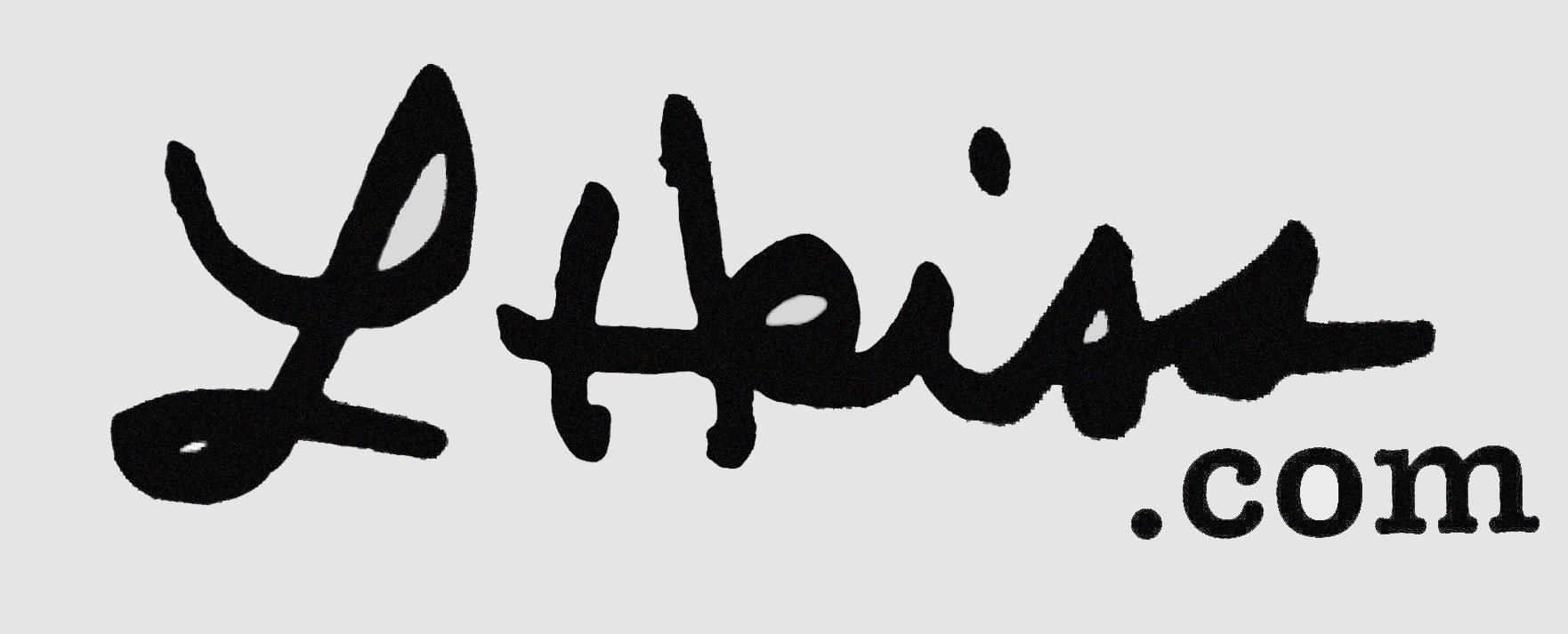


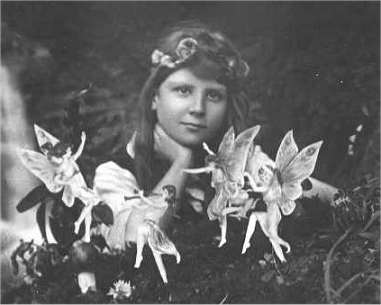
3 thoughts on “Fairies are Afoot: Following the Footsteps of Michael Crichton and Arthur Conan Doyle”
nice one. My late partner Liliane Mitchell Starr who was a medium and served the above S.A.G.B. back in I97O’s and 8O,s,said,’ There is no blue print in life,we make our own’. How true that is.
Thank you John. Did you know the Association moved to another location about 10 or so years ago? Have you been to their new ‘digs.’?
Hi…not long back from Congleton. Yes I know of the SAGB’s new location…have not been there. incidentally,I see things beyond the five senses (clairvoyance) but I have never seen fairies…but Liliane said she had seen fairies both in the Isle of Man and also Ireland…she said they are a form of elemental which so far has eluded science. Kind regards